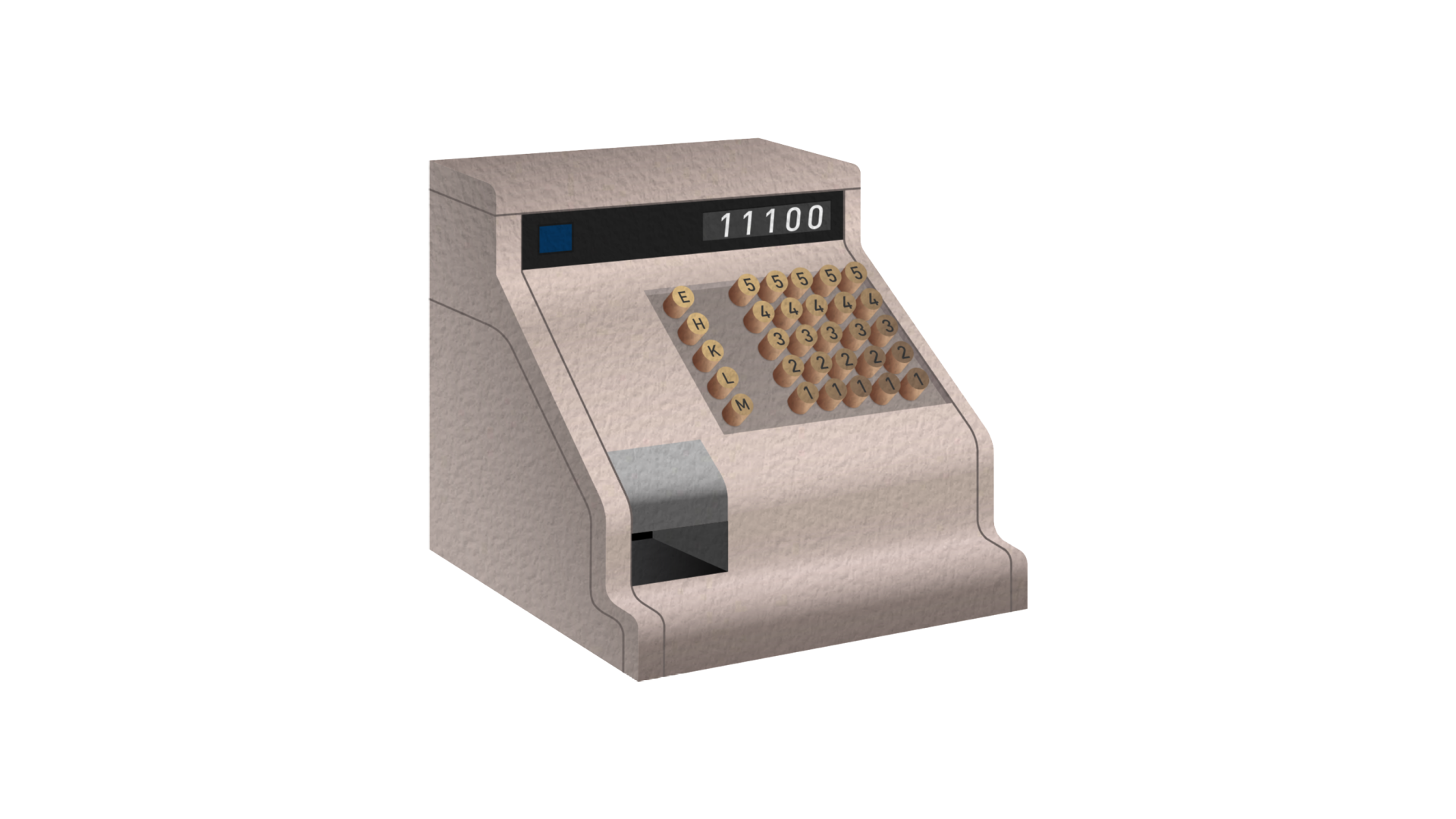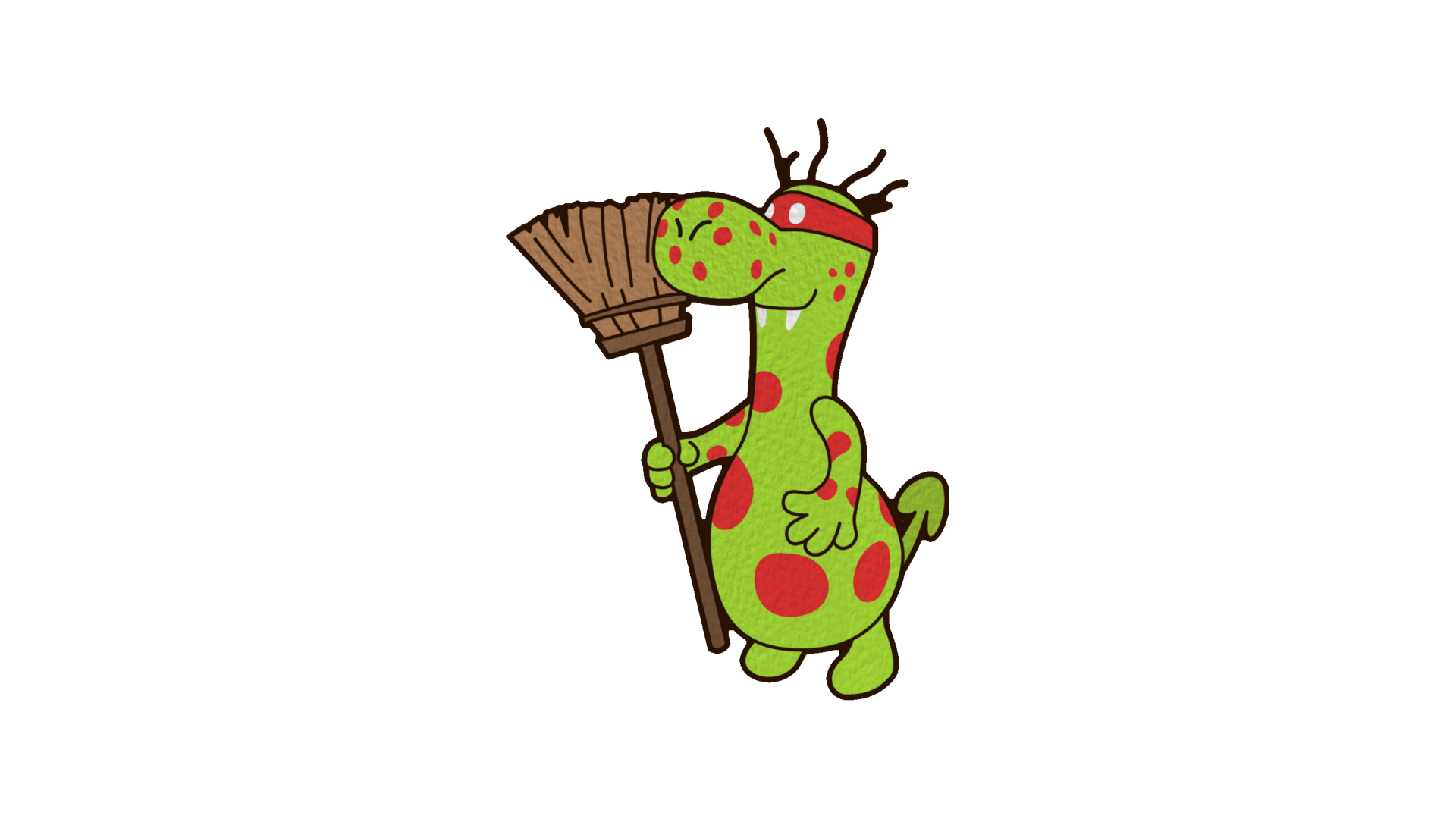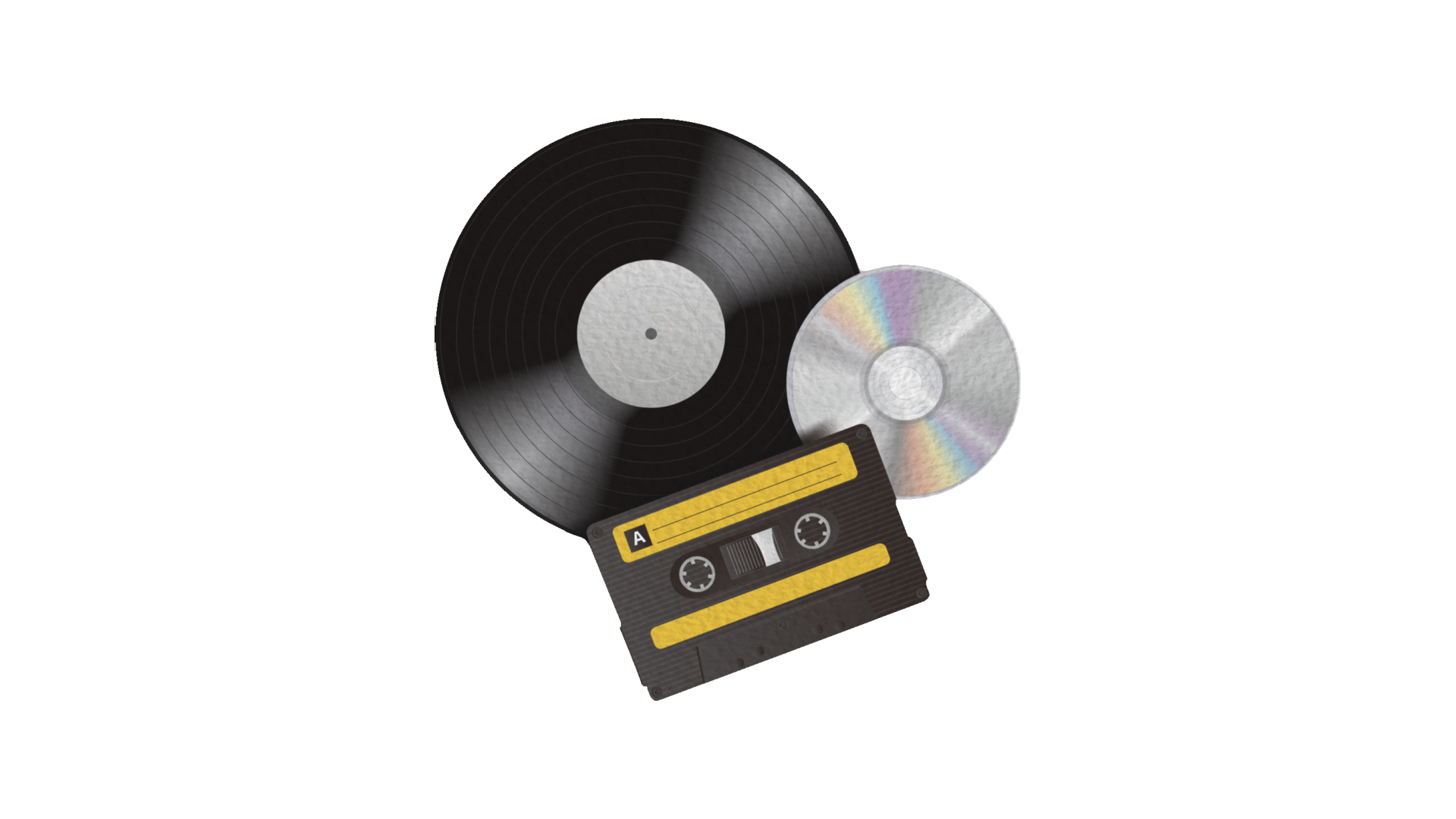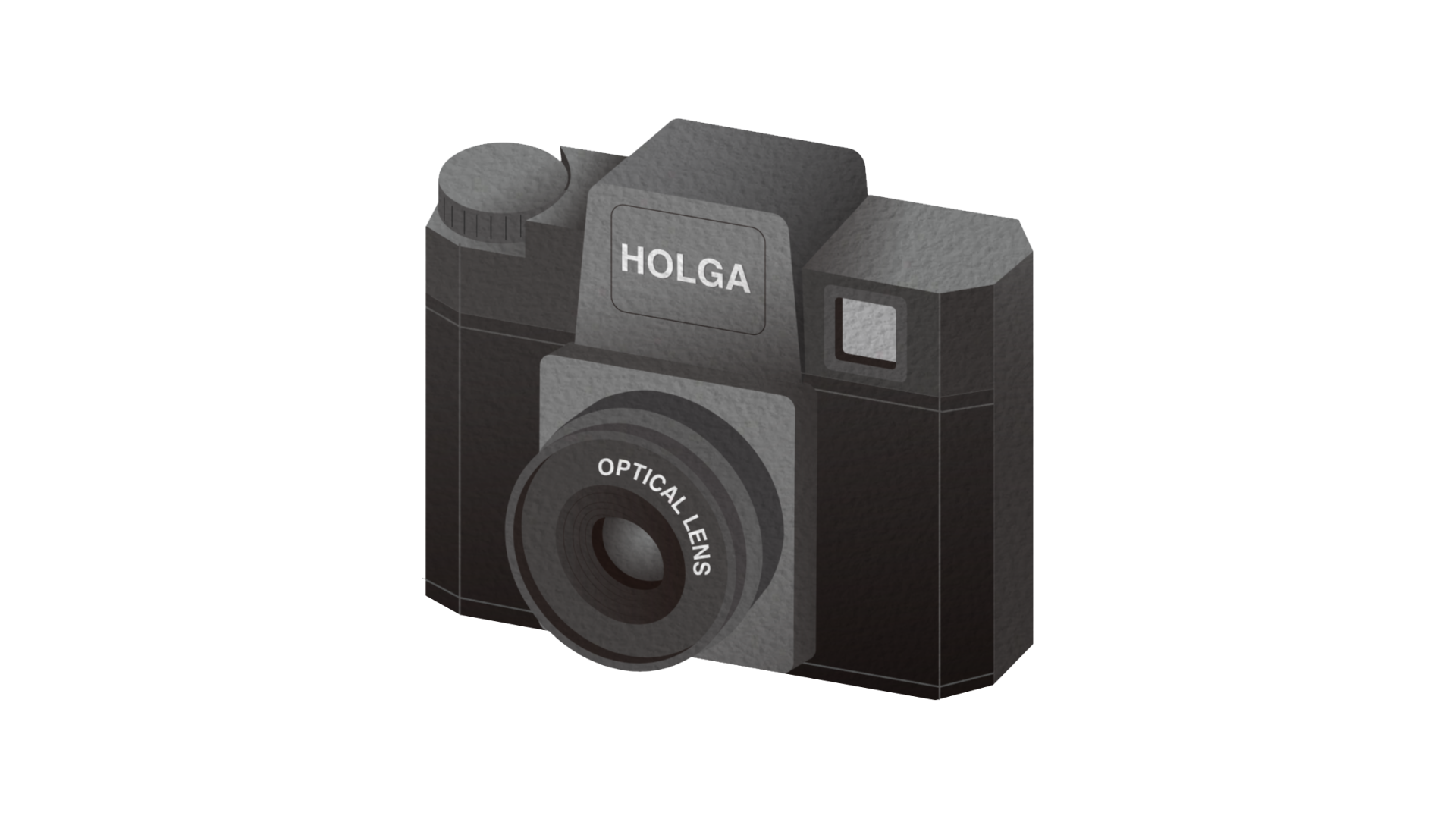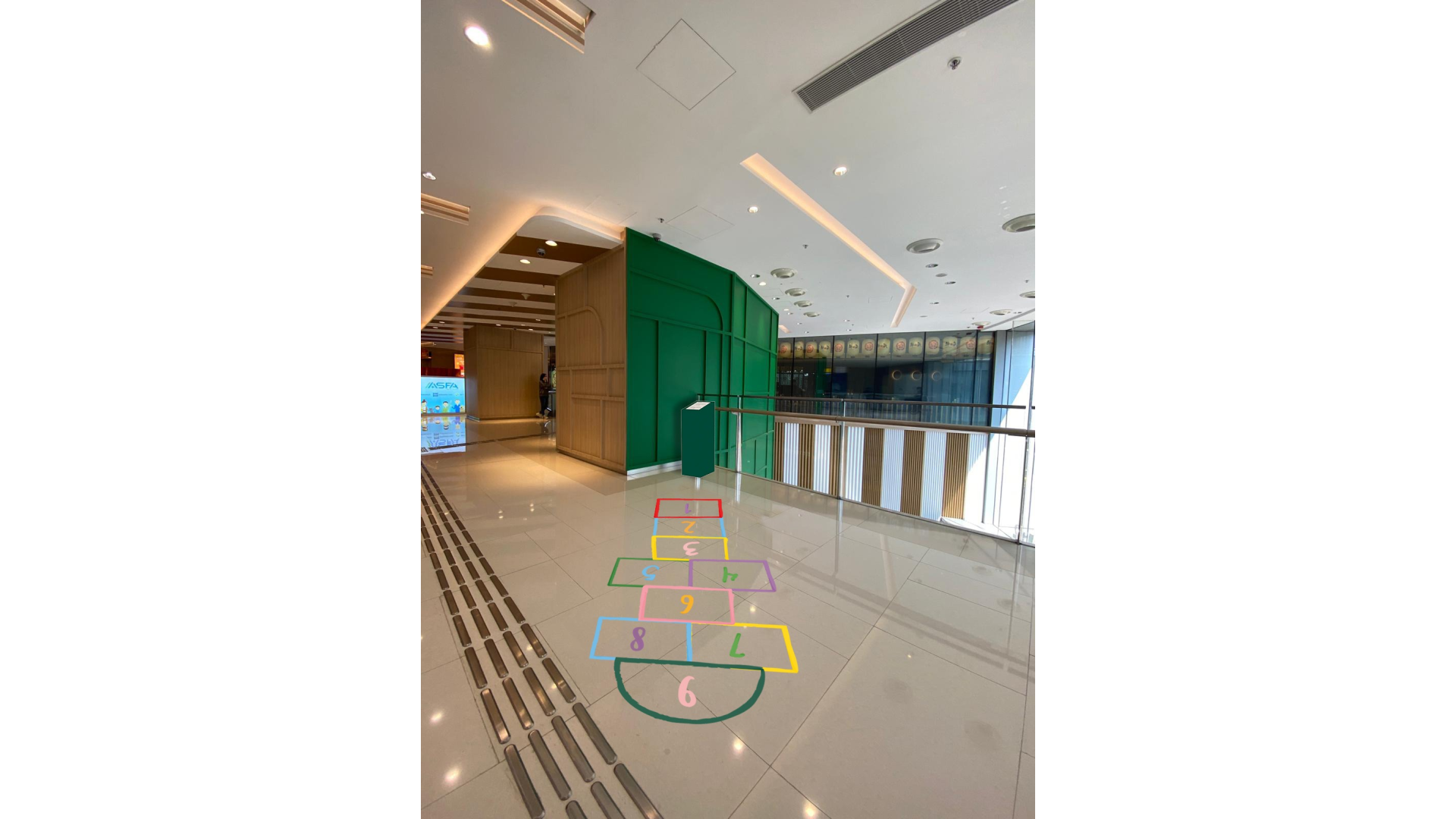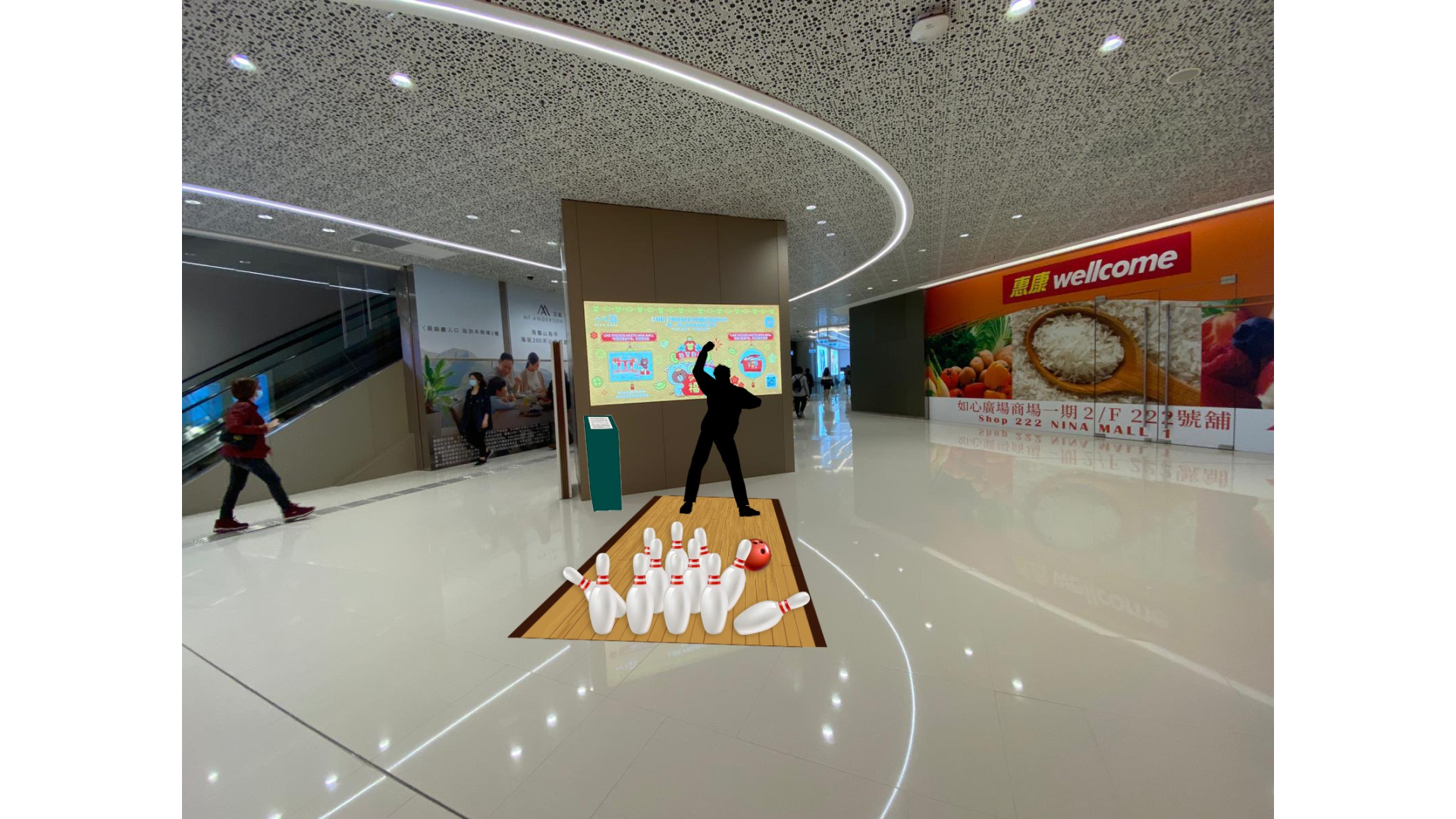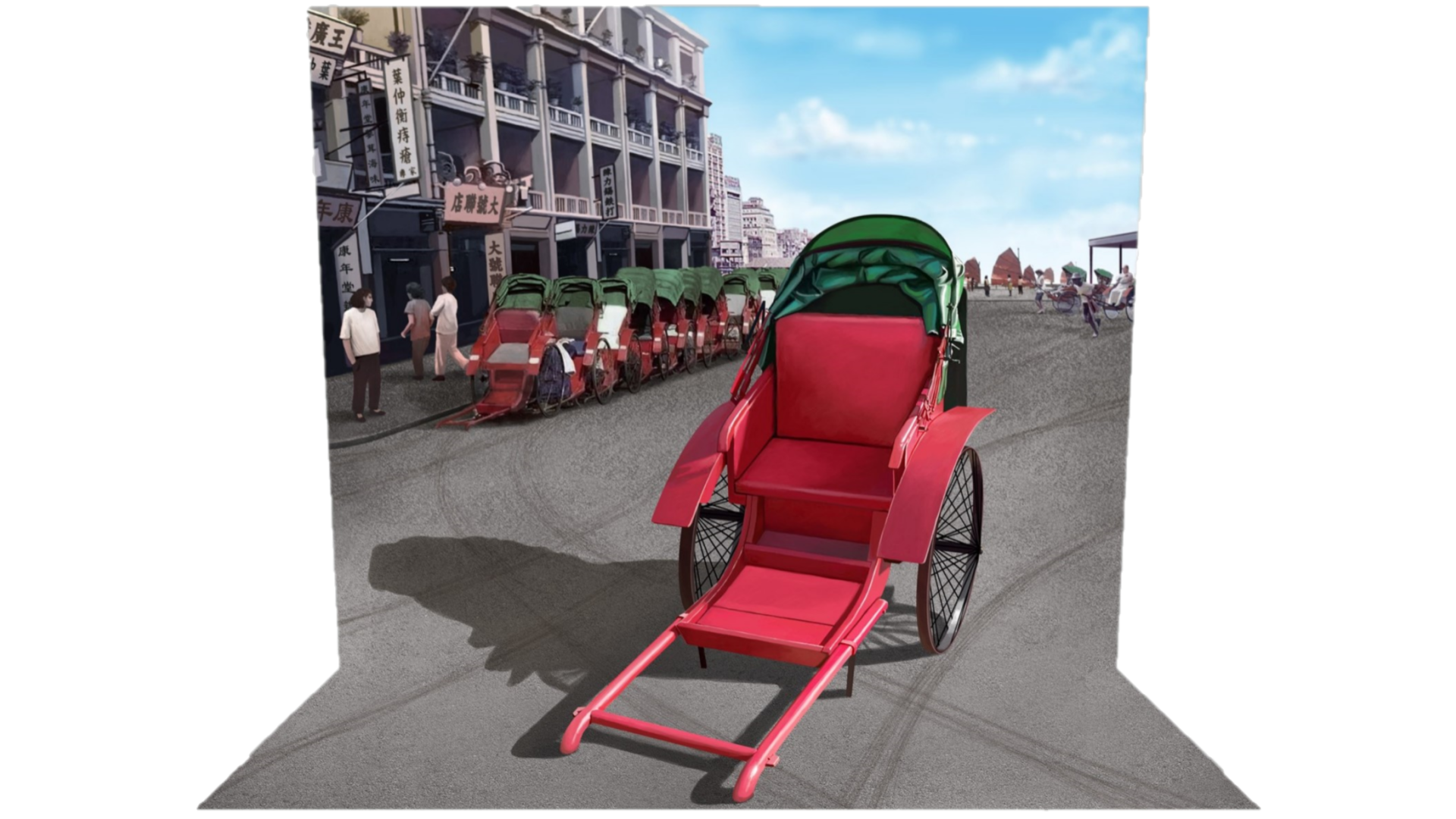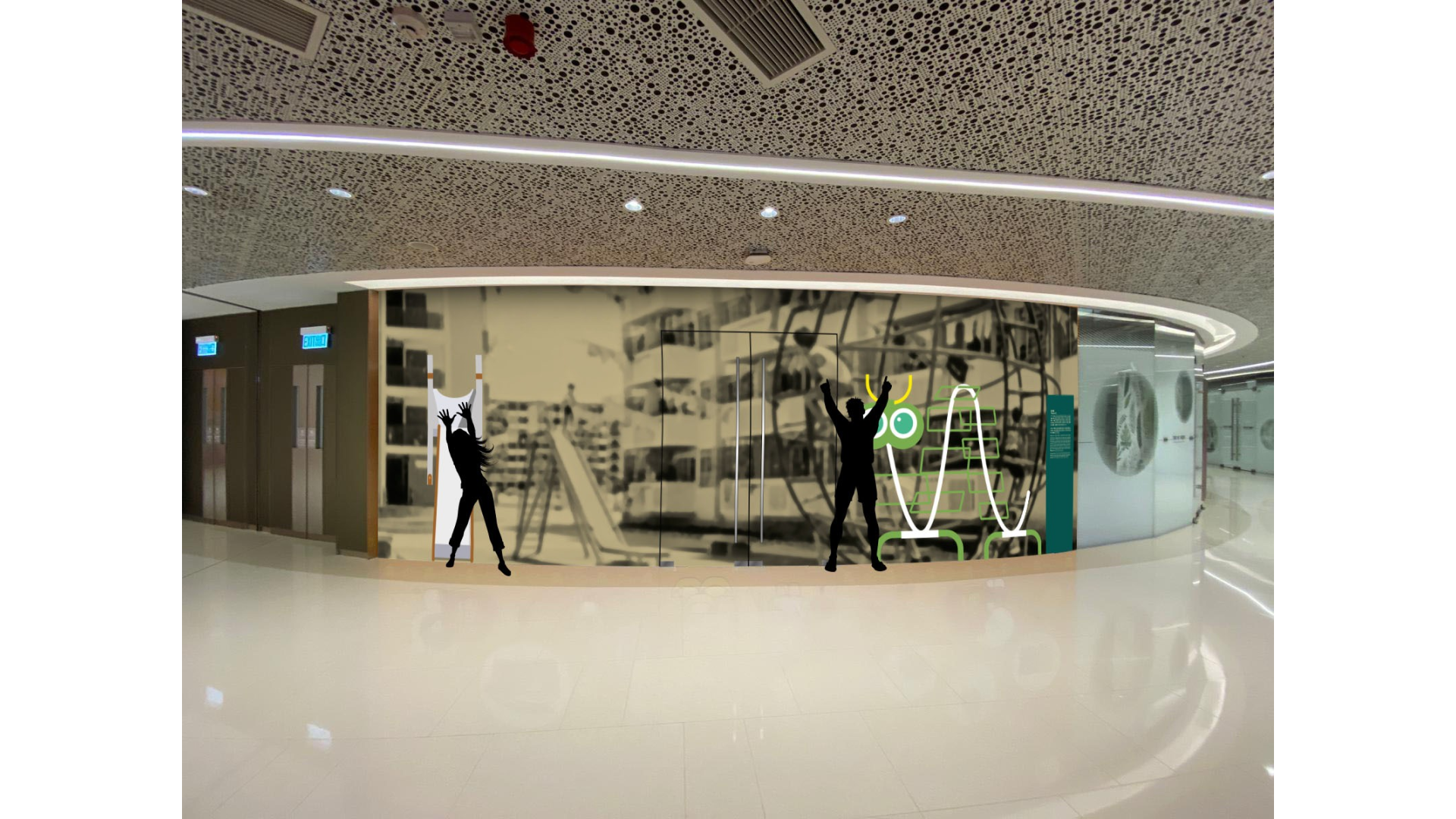機械式收銀機
Cash Register
隨著香港於戰後經濟逐漸改善,零售交易計算亦由心算或傳統算盤,改由感覺更科學可靠的收銀機取代。早期的機械式收銀機,體積較大,開啟現金格時的獨特響聲亦非常清脆響亮。不單百貨公司及超級市場會用上收銀機,連坊間士多、茶餐廳等亦可見其蹤影。
In the old days in Hong Kong, retail staff usually just calculated payments in their heads or on an abacus. Later, cash registers were introduced for higher accuracy. Early cash registers were bulky mechanical machines which gave a loud “ching” sound when the cash drawer was opened. Not only department stores and supermarkets used cash registers; these machines could also be commonly found at local stores and eateries.
垃圾蟲
Lap Sap Chung (Litterbug)
「垃圾蟲、垃圾蟲,製造垃圾損市容!垃圾蟲、垃圾蟲,協力消除垃圾蟲!」一首政府宣傳歌唱得街知巷聞,樣子趣緻的垃圾蟲亦非常深入民心。自1972年出生後,垃圾蟲於約二十年任期內盡責宣傳,令香港衛生環境大大得到改善。
From the 1970s to almost the ’90s, who in Hong Kong would not know Lap Sap Chung the litterbug? This ugly yet endearing cartoon character was introduced in 1972 for the “Keep Hong Kong Clean Campaign”. Lap Sap Chung was supposed to be repulsive yet ended up well received by the public. Thanks to his efforts in educating the public over some 20 years, the hygiene of Hong Kong has been greatly improved.
音樂載體
Music Formats
歷年來,不單音樂潮流不斷改變,音樂的載體亦一直在進化。於60年代盛行的黑膠唱片,售$10至$20已是一般階層平均收入的十分之一,絕對屬奢侈品!卡式帶則流行於70年代,不少大眾最愛用以收錄收音機播放的歌曲。至80年代,鐳射唱片(CD)憑較低的製作成本逐漸盛行;90年代末出現的 MD 雖較 CD 更小巧靈活,卻僅流行了三數年便遭遺忘。進入千禧年代,音樂已被數碼化成一個個音訊檔案,播放工具亦變得更輕巧。
Over the years, trends in music have changed, and so have the formats for listening to it. In the ’60s, vinyl records were considered a luxury item as they cost $10 to $20 each, nearly one-tenth of the average income. Cassette tapes became popular in the ‘70s as they could record any favourite songs from the radio. Then in the ’80s, compact discs (CD) came into vogue thanks to their lower production cost. Though the mini-discs introduced in the ’90s were even smaller and more flexible than CDs, they were only in use for a few years before dying out. In the new millennium, music has been digitised. Music playing devices have thus became more diversified and petite in size.
菲林相機
Film Cameras
要凝住影像,保存回憶,相機一直是重要工具。昔日的相機不是一般家庭能夠負擔,很多家庭會到影樓拍些全家福,其後菲林相機開始普及,也有人喜愛以寶麗萊即影即有相機作紀錄。香港工業亦生產過行銷全球的相機,包括由香港設計、生產和製造的 Halina 35X,而相片色調獨特的經典平價塑膠相機 Holga,亦成為了今天的潮物。
Photography has been used for well over a century to preserve important moments – a simple yet valuable way of storing our precious memories. In the old days, many people liked to pose for formal photos in a studio; later, they were able to take instant snaps with Polaroids. Some of the well-known cameras were made in Hong Kong, including the Halina 35X which was entirely designed, produced and assembled in the city, and the friendly-priced plastic Holga which has today become a in-vogue item for its photos with a uniquely beautiful colour tone.
跳⾶機
Hopscotch
跳⾶機,⼀個簡單⽽變化多端的童年遊戲,⼤約由50年代流⾏ ⾄7、80年代。由簡約的線條、9個不同數字的⽅格組成,不論是 ⼀個、或是⼀班⼩童,也可嘻嘻哈哈的玩上半天,不但可訓練到⼩孩的體能及平衡,更可發揮想像及創意!
隨著時代變遷,不同新玩意的出現,跳⾶機已逐漸在公園裡消失了。今天⾹港哪裡還有跳⾶機?
Hopscotch is a simple yet diversified childhood game that was popular from the 1950s to around the ’70s or even ’80s. Normally played with nine numbered squares, this game was a fun-filled activity both for groups of children and individuals, helping them strengthen their physical ability and unleash their imagination and creativity.
As more new games and toys have emerged with the passage of time, fewer and fewer local children play hopscotch as in the old days. Where can we still find a hopscotch court in Hong Kong today?
保齡球
Bowling
保齡球於60⾄70年代開始於⾹港盛⾏,不少年輕⼈⼯餘課後也愛相約好友到保齡球場聚頭聯誼;粵語電影也有不少打球情節。保齡不單是民間娛樂,本地亦曾經有不少出⾊保齡運動員為港爭光。
⾼峰時期,⾹港約有近30家保齡球場,遍佈港九新界,惜因經營成本上升、參與⼈數下降等因素影響⽽相繼關閉,時⾄今⽇,持牌公眾保齡球場僅剩不多於10間。
Tenpin Bowling began to be popular in Hong Kong in the 1960s and ’70s. Young people enjoyed meeting friends at the local bowling alley after work or class. Bowling scenes sometimes appeared in Cantonese movies, too. It was not just a popular sport among the mass public. There were also some brilliant players who won international awards for Hong Kong.
At the peak of the sport’s popularity, nearly 30 bowling alleys were spread across Hong Kong, Kowloon and the New Territories. Today, fewer than 10 licensed bowling alleys are left, owing to factors such as high operation costs and the growth in other forms of entertainment.
⼈⼒⾞
Rickshaws
據說,本地第⼀台⼈⼒⾞於1874年由⼀位商⼈從⽇本購⼊。 ⼈⼒⾞出租服務開始流⾏後,政府於1883 年開始規管其出租服務,發放牌照並規管⾞伕儀容。隨社會進步,1968年政府已停⽌向⼈⼒⾞發牌, 1970年時僅有不⾜200名⾞伕,到2013年時只剩下3名。
It is said that the first rickshaw in Hong Kong was bought from Japan by a businessman in 1874. The Government started to regulate the rickshaw business from 1883 onwards, when licensing and rules on the training of rickshaw boys were introduced. In 1968, the Government decided to stop issuing new rickshaw licences altogether. In 1970, there were still 200 rickshaw boys in Hong Kong; by 2013, merely three were still providing service.
遊樂場
Playgrounds
70年代以前,精⼒充沛卻的兒童缺少遊玩場地,加上教育未完善,令街童問題⽇益嚴重。1933年,⾹港遊樂場協會成⽴, 精⼼規劃兒童遊樂場,讓他們抒發精⼒,幫助⾝⼼健康成⾧。昔⽇最常⾒的滑梯、蹺蹺板、氹氹轉等,多以鐵⽪⾦屬製成。 設備雖不算豐富,但已夠⼩孩消磨⼀個下午。
⾃80年代開始,舊式遊樂場設施因為⽇久耗損⽽需要退役, 改⽽換上現成塑膠製的組裝式遊樂設施。仍然為兒童帶來歡樂,但⾵貌卻已⼤相逕庭。
Before the 1970s, children in general did not have a proper education or sufficient space for playing, which exacerbated the problem of adolescent crime. The Hong Kong Playground Association was established in 1933 to build quality playground spaces for children to expend their energy on healthy physical and mental growth. Metal equipment like slides, see-saws and merry-go-rounds were commonly found in playgrounds of the past. A simple playground was enough to keep most children happily occupied for a whole afternoon.
Since the 1980s, more and more old-style playgrounds have been modernised with ready-made plastic equipment. They provide the same kind of fun and joy; yet in a different style and form.
